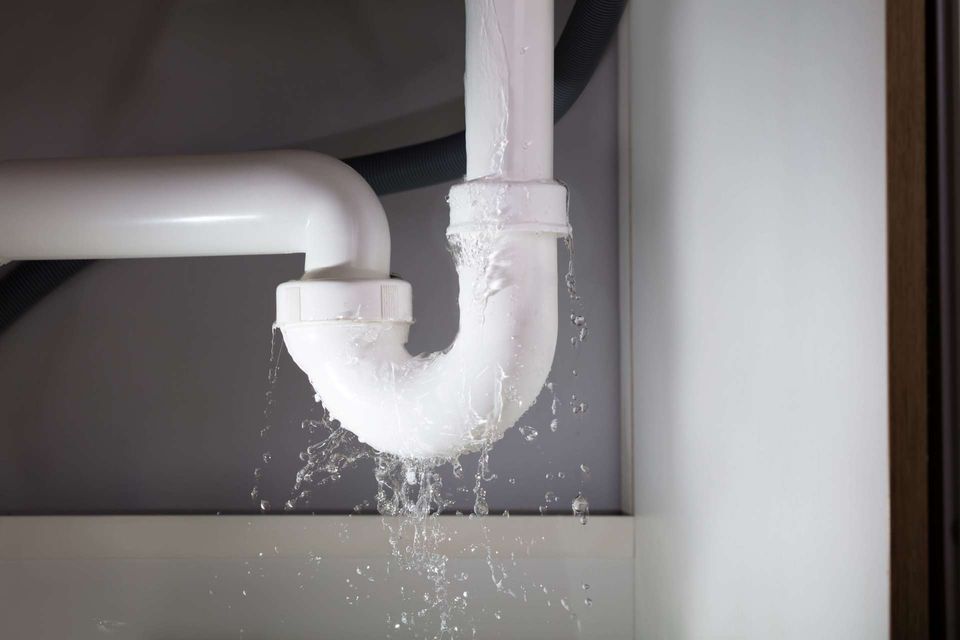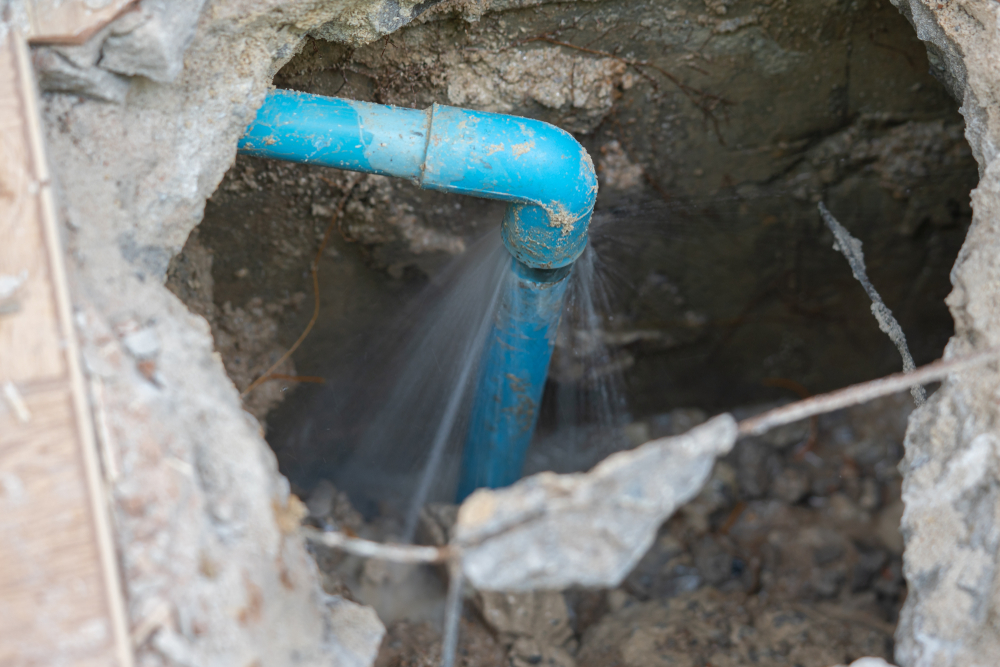Overview To Water Leakage Detection In Your Home
Overview To Water Leakage Detection In Your Home
Blog Article
Have you been trying to find resources on Leaking water lines?

Early discovery of dripping water lines can mitigate a potential catastrophe. Some little water leaks may not be noticeable.
1. Check Out the Water Meter
Every house has a water meter. Examining it is a surefire manner in which aids you uncover leakages. For starters, turn off all the water sources. Ensure no one will purge, use the tap, shower, run the cleaning equipment or dishwasher. From there, most likely to the meter and also watch if it will alter. Given that nobody is using it, there must be no movements. If it relocates, that indicates a fast-moving leak. Similarly, if you find no changes, wait an hour or two and also inspect back again. This means you might have a slow-moving leakage that might even be below ground.
2. Inspect Water Usage
Examine your water costs and also track your water intake. As the one paying it, you need to see if there are any kind of disparities. If you spot sudden changes, in spite of your intake being the same, it means that you have leaks in your plumbing system. Remember, your water bill ought to drop under the very same range every month. A sudden spike in your bill shows a fast-moving leak.
On the other hand, a steady boost on a monthly basis, despite having the same routines, shows you have a sluggish leakage that's likewise gradually rising. Call a plumber to completely inspect your property, specifically if you really feel a warm area on your flooring with piping underneath.
3. Do a Food Coloring Test
30% comes from commodes when it comes to water consumption. Test to see if they are running effectively. Drop specks of food color in the container and wait 10 mins. If the color somehow infiltrates your bowl during that time without flushing, there's a leak between the storage tank as well as dish.
4. Asses Exterior Lines
Do not fail to remember to inspect your outside water lines too. Should water permeate out of the connection, you have a loose rubber gasket. One little leakage can squander loads of water and increase your water bill.
5. Evaluate the situation and also examine
Property owners need to make it a practice to examine under the sink counters as well as also inside cabinets for any kind of bad odor or mold development. These 2 red flags show a leak so timely attention is called for. Doing regular assessments, also bi-annually, can save you from a major issue.
More significantly, if you recognize your residence is already old, keep a watchful eye on your heating units, tubes, pipes etc. Look for stainings and also weakening as most appliances and pipes have a life span. They will certainly additionally normally wear away as a result of deterioration. If you presume leaking water lines in your plumbing system, do not wait on it to escalate. Call an expert plumber immediately so you do not end up with an awful mess in your house.
Early detection of leaking water lines can alleviate a possible disaster. Some tiny water leaks might not be noticeable. Examining it is a surefire method that assists you find leakages. One little leakage can waste lots of water and spike your water bill.
If you suspect leaking water lines in your plumbing system, don't wait for it to escalate.
WARNING SIGNS OF WATER LEAKAGE BEHIND THE WALL
PERSISTENT MUSTY ODORS
As water slowly drips from a leaky pipe inside the wall, flooring and sheetrock stay damp and develop an odor similar to wet cardboard. It generates a musty smell that can help you find hidden leaks.
MOLD IN UNUSUAL AREAS
Mold usually grows in wet areas like kitchens, baths and laundry rooms. If you spot the stuff on walls or baseboards in other rooms of the house, it’s a good indicator of undetected water leaks.
STAINS THAT GROW
When mold thrives around a leaky pipe, it sometimes takes hold on the inside surface of the affected wall. A growing stain on otherwise clean sheetrock is often your sign of a hidden plumbing problem.
PEELING OR BUBBLING WALLPAPER / PAINT
This clue is easy to miss in rooms that don’t get much use. When you see wallpaper separating along seams or paint bubbling or flaking off the wall, blame sheetrock that stays wet because of an undetected leak.
BUCKLED CEILINGS AND STAINED FLOORS
If ceilings or floors in bathrooms, kitchens or laundry areas develop structural problems, don’t rule out constant damp inside the walls. Wet sheetrock can affect adjacent framing, flooring and ceilings.
https://www.servicemasterbyzaba.com/blog/how-to-detect-water-leakage-in-walls/

I recently found that content about Detecting hidden plumbing leaks while doing a search on the search engines. Make sure you take the opportunity to share this post if you appreciated it. I take joy in reading our article about Finding hidden leaks.
Report this page